Iceland’s winter palette is pared back to tone and contrasting shadows. Simple browns, whites, and blacks leave space for the imagination to roam. The panorama holds its breath, suspended. As spring emerges, the sketches begin to colour in.
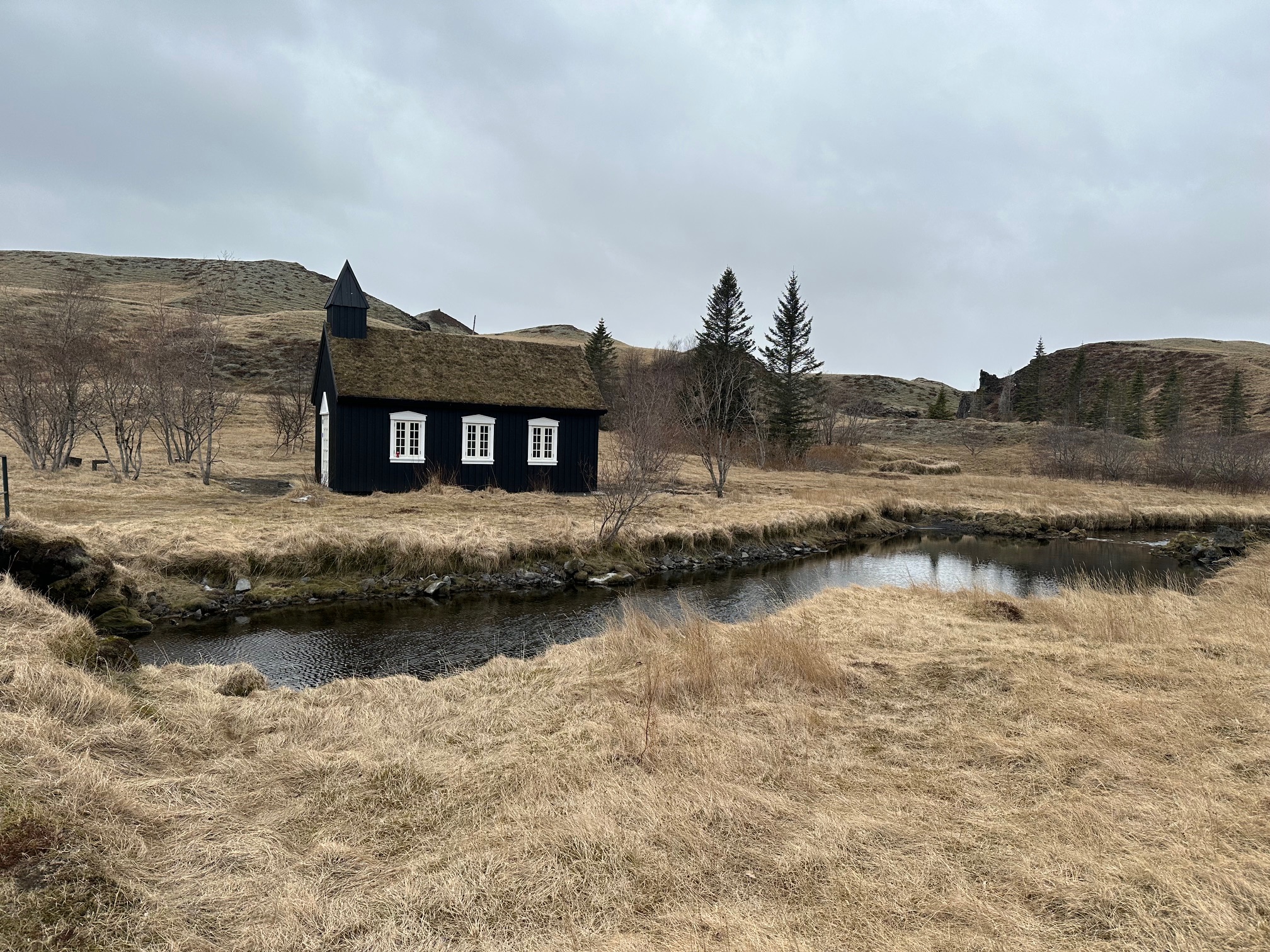
Even the colours of the small chapel next to the river reflect the winter’s simple palette of brown, white, and black
The journey
Snow and ice leave their mark—the grass reduced to a brittle beige, and the rafts of last summer’s purple lupin and green angelica spires now lie smashed by the weight of snow, a constant crackle underfoot. A few Arctic fox, mink, and reindeer eke out the dark months, and while most of the birds flew south, by the end of March most life remains locked either below ground or underwater.
Driving south from Reykjavik on the N1, the smallest of inclines ratchets down the few degrees of hope. If you were a Whooper swan or Greenland white fronted goose, misjudged weather calculations could be your downfall. With blind faith and a sniff of the wind patterns, they launch themselves from their wintering grounds in the UK and Ireland up and across the 3,000 km expanse of the North Atlantic. It’s even more eventful for the geese as Iceland is just a stopover before they push further North and West to Greenland.
They are the vanguard, along with redwings and, not long after, the first golden plovers and oystercatchers. These first noticeable sounds and sights of life, pristine and bold, stand proud, incongruous, inconceivably part of the landscape, distinct from the all-encompassing washed-out brown, white, and back mass of an island—the dead grass, with its smothering snow, and the dark volcanic gravels.
“Eventually, the weather will come to them, softening their beauty, but for now it can only muddy the swans as they dip their long necks in search of submerged water plants, tugging roots from the reddish-earth substratum of pond and ditch, staining their spring plumage.”
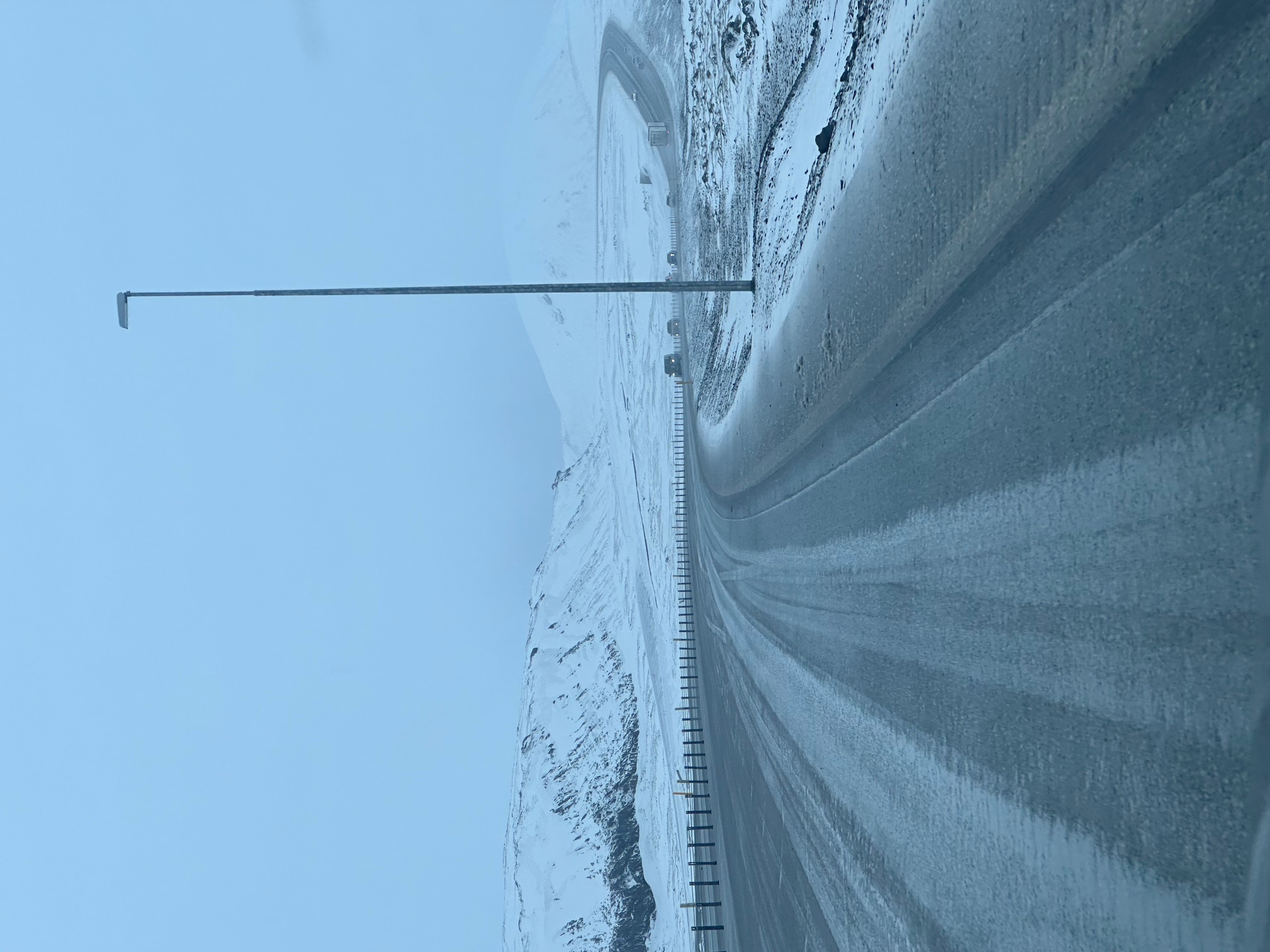
I am still singing “In the Bleak Midwinter” – Christina Rossetti. But I yearn for spring’s “Bird’s delight, Day and night,” – William Blake.
“Have we arrived before the spring, like birds mistiming their return?”
As we descend toward the sea near the town of Vík, the sun peeks through—its light carrying a quiet optimism. The coastal strip inhales the southerly winds, chasing the snow inland, back from the black sandy beaches and up into the mountains. Only the colours beige and black remain. But from afar, the honking of Greenland white-fronts signals the season’s turn.

Along the tideline, a scattering of fish bones hints at survival by scavenging – life’s clues clinging on at the margins. But look up, and the raw beauty of the bare landscape takes hold: austere.

The winter left this mink short. Maybe hunger drove him to recklessness. Either way, his remains exposed and lonely atop a small hillock point to the final interest of an avian presence – perhaps a sea eagle, greater black backed gull, or raven?
In a now dry hollow, left by the falling river, its headwaters locked in ice, lay more victims of the winter. A dozen silver sticklebacks, once entombed in ice, now thawed and lifeless, on the soft peat, a clue to the richness of the adjoining river. A richness we were about to witness and engage.
Destination
The swans, geese, and redwings are already here, urged on by their one desire to procreate, but that is a lazy simplification, a falsehood that overlooks culture, flattens tradition, and forgets the layered ways in which people weave nature into their lives, bringing dimension and reason. The Icelandic Sagas welcomed the variety and enrichment they brought to both their culture and palate each spring.
Our companions—the wild whooper swans, with their constant honking—lay bare the failings of our own mute swans: elegant, yes, but too diffident, offering only a slight sniff and the occasional hiss.
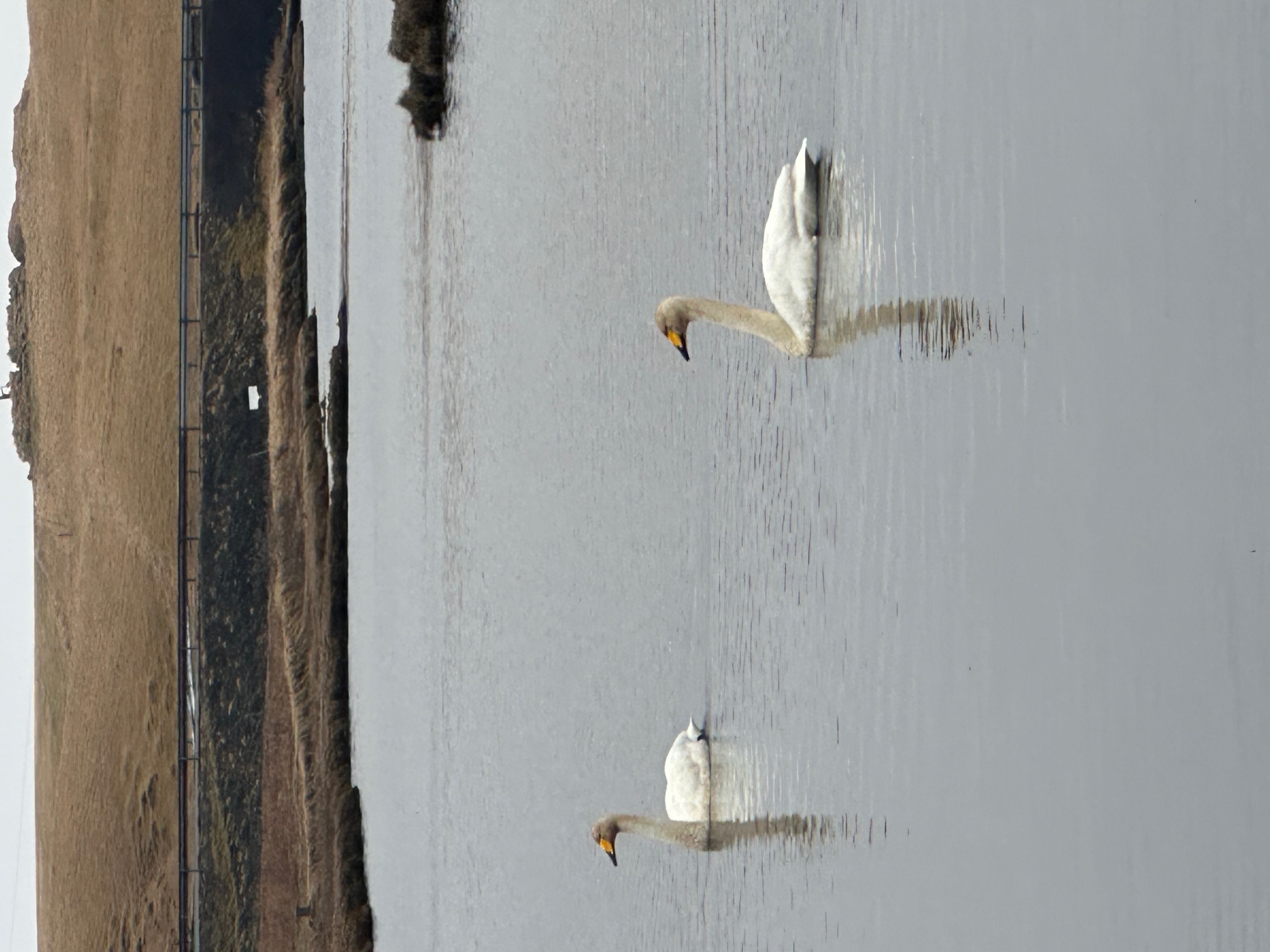
These swans stand apart—an opaque presence, chalk white against the shifting play of snow’s reflected light.
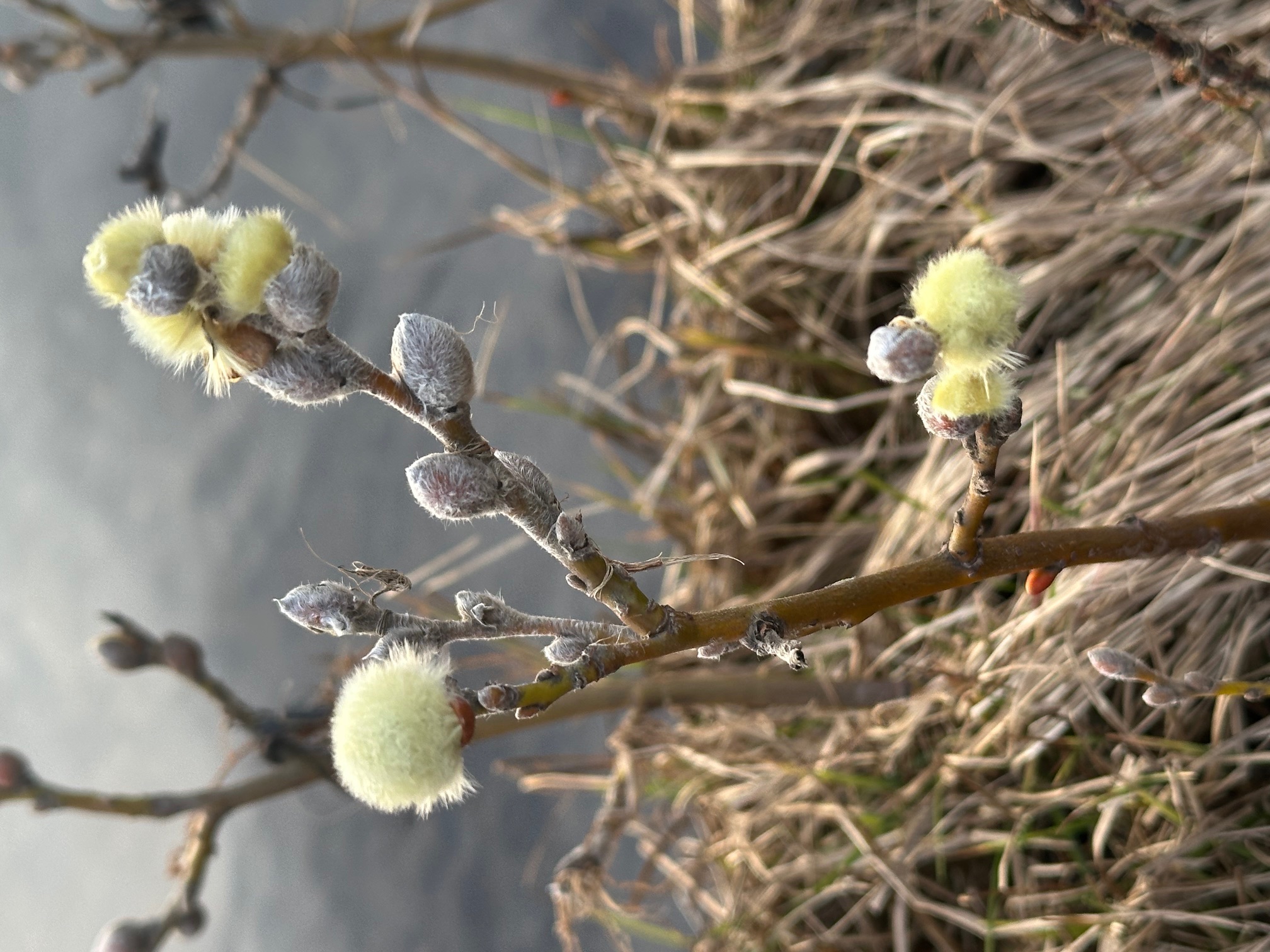
Dwarf willow – Birds were not the only life, bringing colour to the river margins.
Fishing
All five senses are alive. This is immersion—half in the water, half out—part predator, part prey. The cold seeps through my waders from below and bites through my mittens from above. As it
should. Immersion is the very definition of being in the now. I must be fishing. Pit your wits against nature, and she usually wins, but every now and then, she will reward you.

Nature scolded our intrusion, returning our rods to the ‘Land of Ice and Fire.’
Defrosting your rod rings every third cast or so is a bit ‘hard core’, but as I said, we are immersed in the landscape.
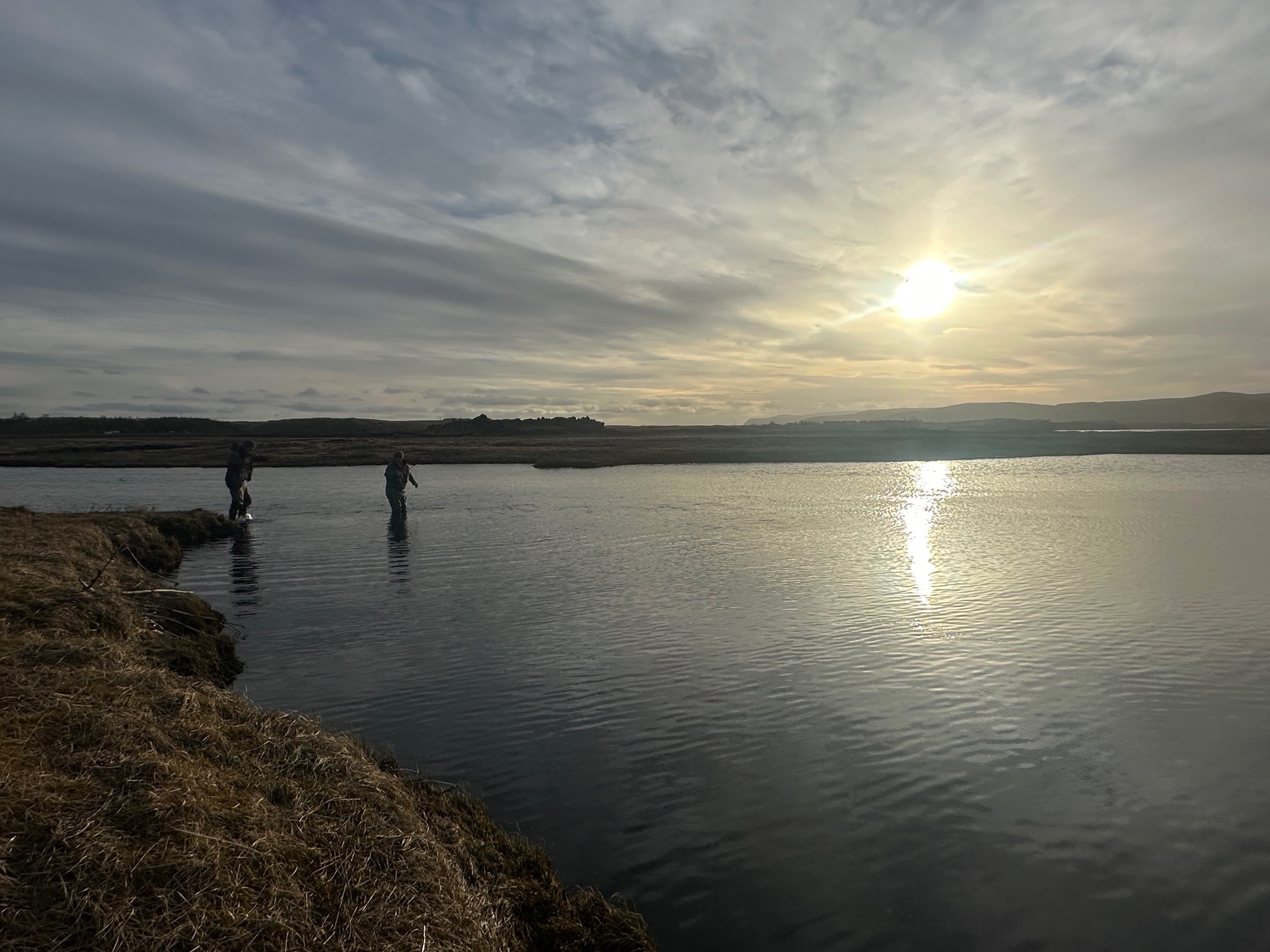
The wind dies down; momentarily, we are not fishing against the elements but embracing them.
We are now in early April. Sea trout entered the river the previous autumn, protected all winter beneath a layer of ice in cold, clear water. Now, stirred from their torpidity to feed, they drift back out to sea by mid-May. Around half have spawned, which raises the question of why the other half made the journey.
This is very different from fishing for sea trout in the UK. Hugh Falkus wrote this description for sea trout:
“The sea trout is a shy, secretive fish. It demands the angler’s finest judgement, greatest restraint, and keenest observation. To fish for it is not merely a sport, but a study in subtlety and serenity.”
He then described their life history, fishing at night for the ‘wily creatures’, but never once did he mention fish entering the river to stay over winter or using the river to feed.
The shallow coastal waters off southern Iceland offer a rich feeding ground, teeming with sand eels. Long recognised in Iceland as a vital cornerstone of the marine food chain, these eels remain critical to the ecosystem’s balance—take note, EU!
Going back a century or two, this river must have been an amazing source of protein at the end of winter. Today, everything is returned, with fish swimming away strongly in the cold, oxygenated water.
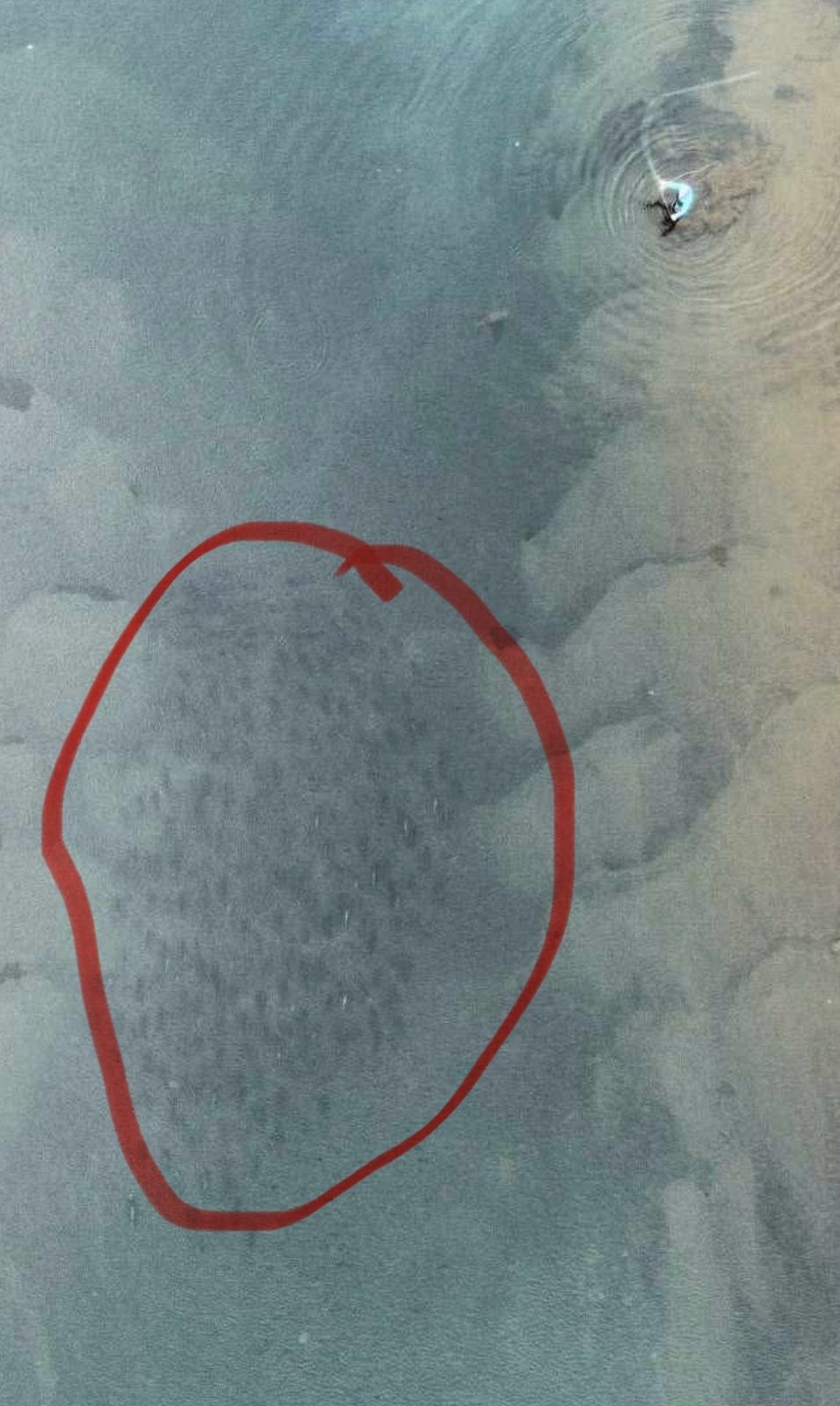
It is important to know where the fish are. Note the ripples caused by casting—the fish can see and feel this.
Another notable difference from our own sea trout in the UK is how these Icelandic fish hold themselves in the river. They move, undoubtedly—but they do so in shoals. You rarely find the odd solitary fish. It’s all or nothing. Cast a metre to the right—nothing. A metre to the left—and perhaps twenty pairs of eyes are suddenly fixed on your fly. And they sulk like all good sea trout when it is bright and still. However, perhaps the most extraordinary aspect of their behaviour is how they will show themselves periodically on the surface, even when the outside air temperature is minus 2 °C.

A fleeting glimpse of a sea trout’s spots and scales shine bronze in the evening sun, before she glides gracefully back into her world.
We are jumping the gun by briefly bringing some much-needed colour to the early spring.